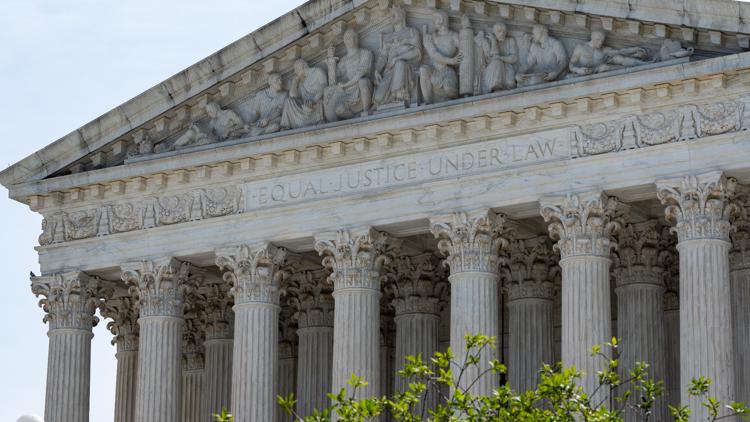The Supreme Court Puts EPA’s Air Pollution Plan on Hold

The latest blow to federal regulations comes from the conservative-led Supreme Court, which has decided to put the Environmental Protection Agency’s air pollution-fighting “good neighbor” plan on hold while legal challenges continue.
In a 5-4 vote on Thursday, the justices rejected arguments from the Biden administration and Democratic-controlled states that the plan was effective in cutting air pollution and saving lives in the 11 states where it was being enforced. The plan aims to restrict smokestack emissions from power plants and other industrial sources that burden downwind areas with smog-causing pollution.
This decision to halt the regulation comes as the federal appeals court in Washington considers challenges from industry and Republican-led states. The Supreme Court, with a 6-3 conservative majority, has been increasingly limiting the powers of federal agencies, including the EPA, in recent years.
Three energy-producing states – Ohio, Indiana, and West Virginia – along with the steel industry and other groups have challenged the air pollution rule, calling it costly and ineffective. The challengers have pointed to decisions in courts across the country that have suspended the rule in a dozen states.
Ground-level ozone, which forms from industrial pollutants reacting in the presence of sunlight, can cause respiratory problems such as asthma and chronic bronchitis. People with compromised immune systems, the elderly, and children playing outdoors are particularly vulnerable.
The EPA reports that power plant emissions dropped by 18% last year in the 10 states where the rule was enforced. This rule has been finalized a year ago in states such as Illinois, Indiana, Maryland, and more. However, the rule is on hold in another dozen states due to separate legal challenges.
The Supreme Court’s decision to halt the “good neighbor” rule highlights the ongoing debate over environmental regulations and the balance between federal authority and state challenges. The impact of this decision on air quality and public health remains to be seen as the legal battles continue.

